Scientists have just confirmed a moon cave near the historic Apollo 11 landing site in the Sea of Tranquility, only 250 miles away from where Neil Armstrong and Buzz Aldrin first walked.
This could become a safe haven for future lunar explorers.
Italian Team Uncovers Lunar Cave
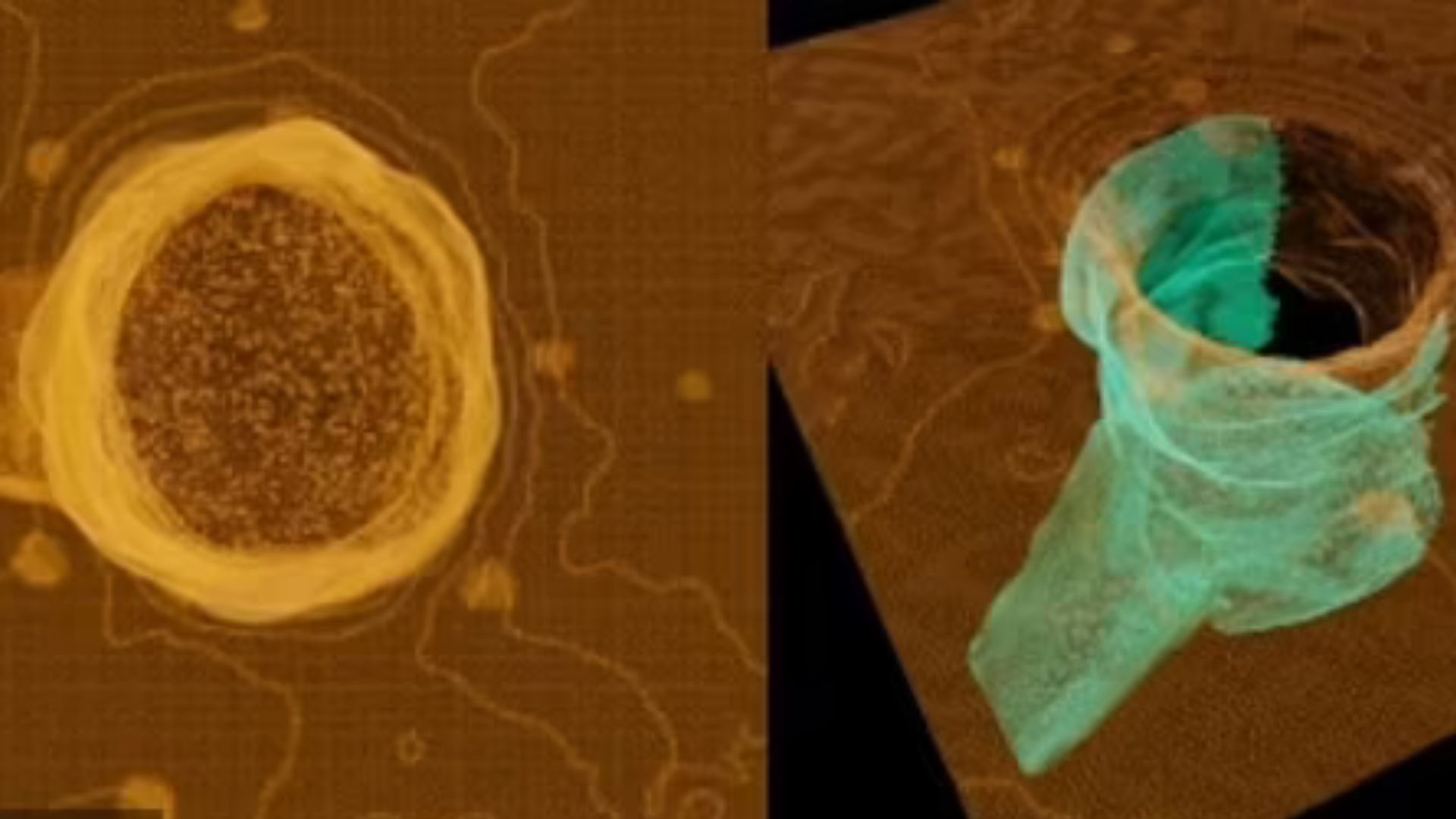
This Monday, an Italian-led team of researchers announced a groundbreaking discovery: a large cave, accessible through the deepest pit known on the moon.
This finding could significantly expand opportunities for lunar habitation.
The Science Behind Moon Pits
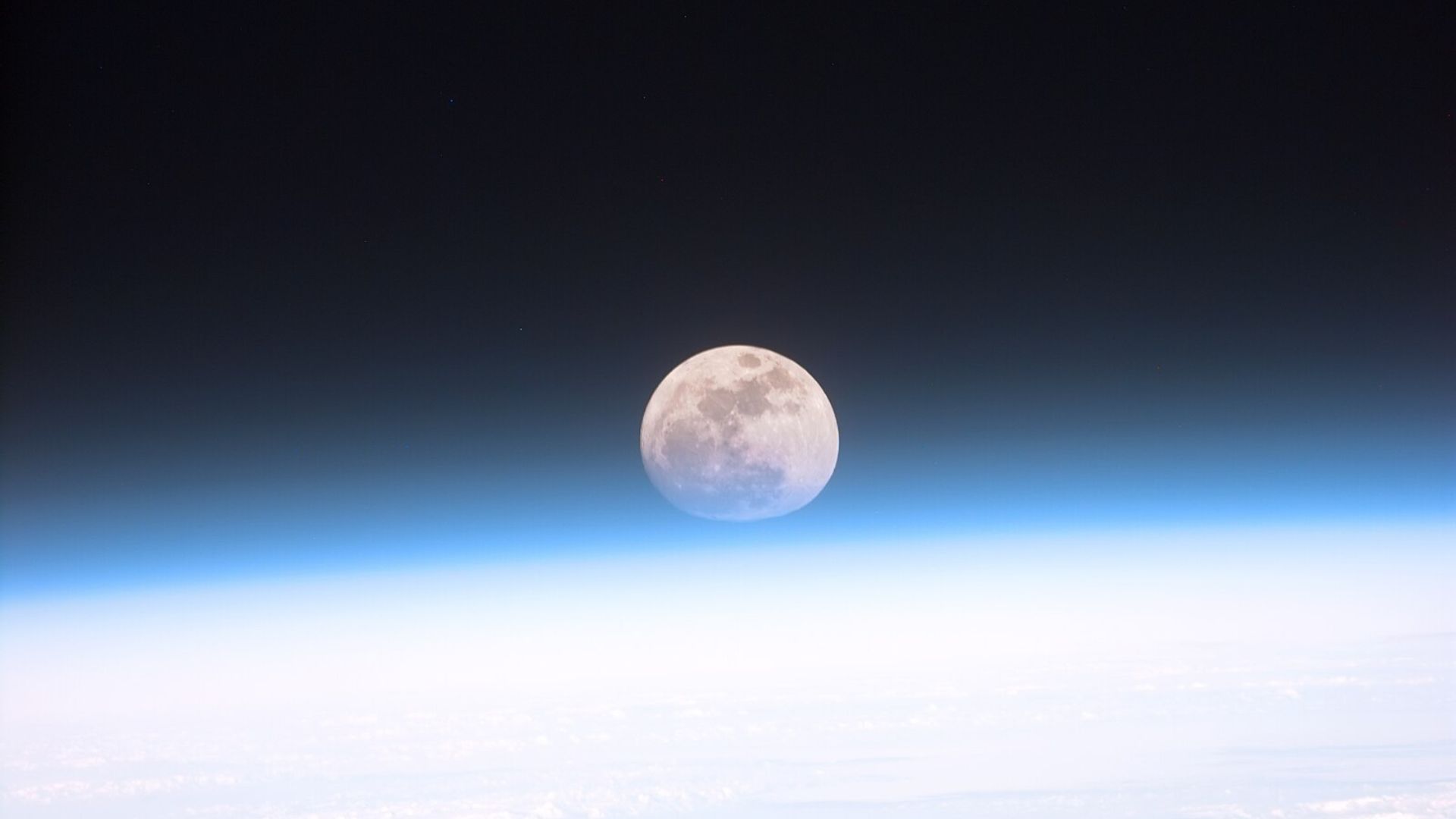
Researchers have identified over 200 pits on the moon, all formed by the collapse of lava tubes.
These geological features form natural networks of cavities and tunnels that, once unearthed, reveal gateways to expansive underground spaces.
How Was the Cave Discovered?
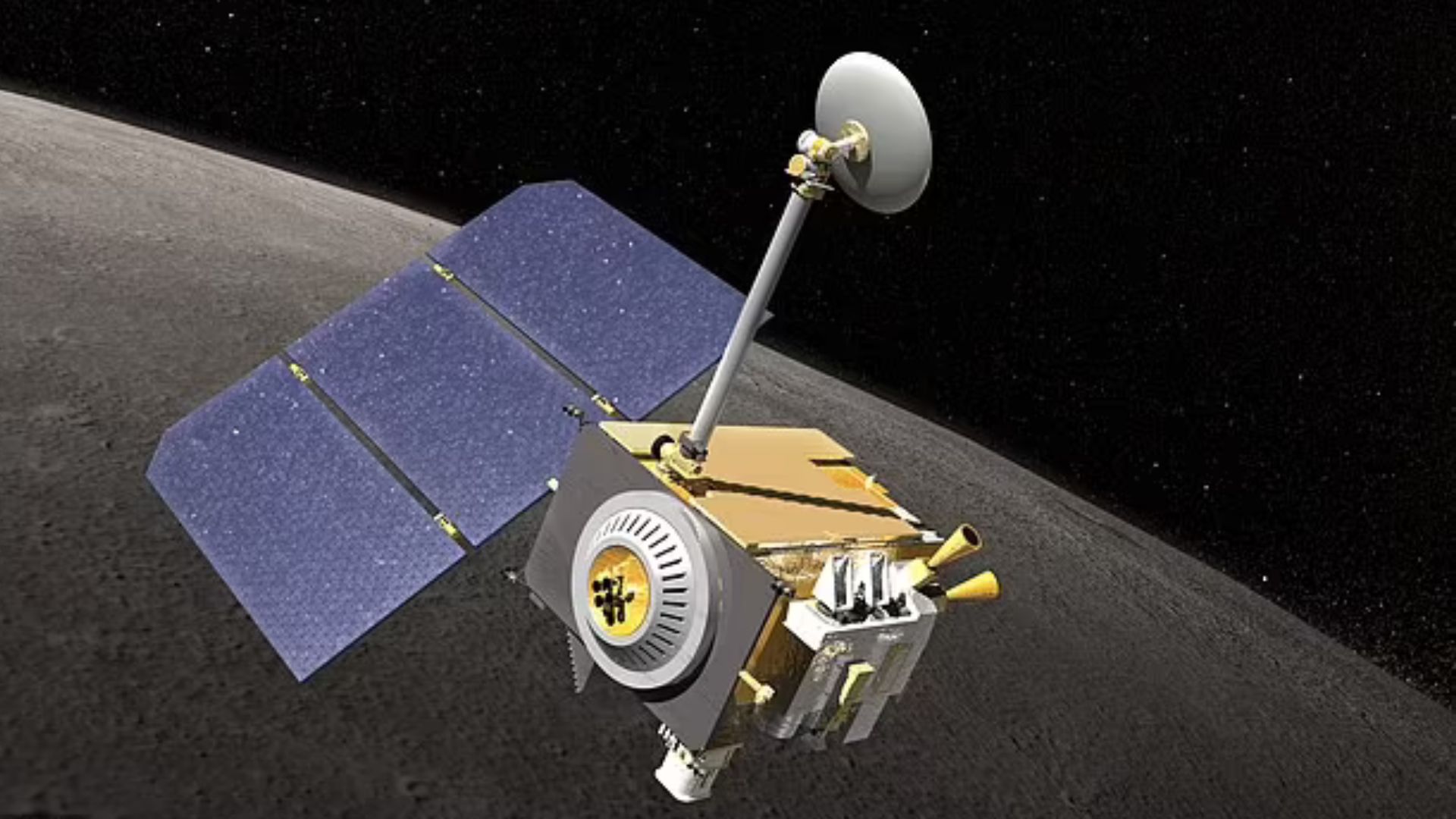
Using radar data from NASA’s Lunar Reconnaissance Orbiter, scientists were able to compare these moon features with similar lava tubes on Earth, confirming their presence.
Their research has been meticulously detailed in the journal Nature Astronomy.
Exploring the Cave’s Vastness
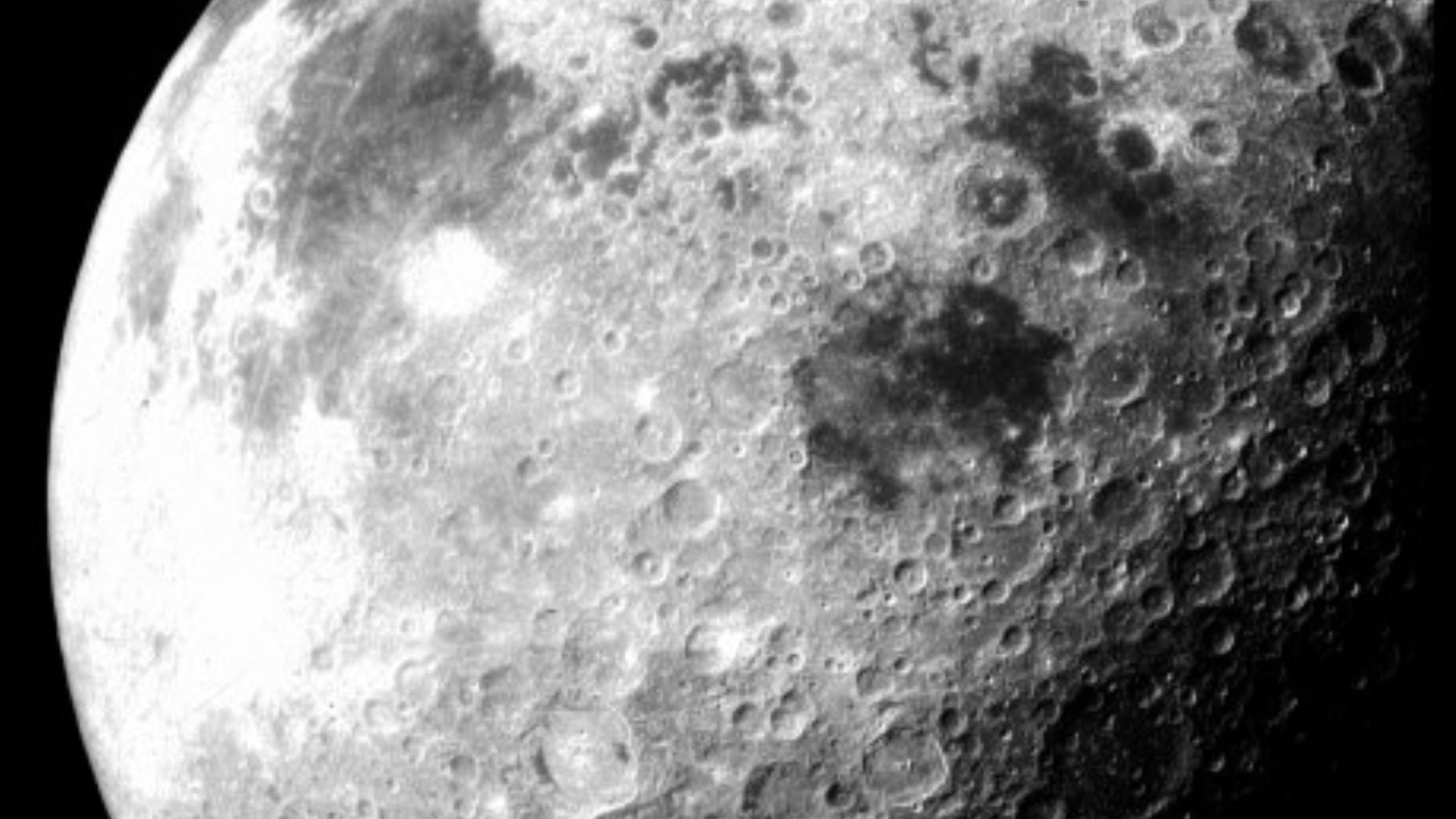
The radar data shows that the cave entrance is at least 130 feet wide, extending further into expansive, unexplored lengths.
This newly revealed space holds potential for hosting human activities on the moon.
Solving a Lunar Mystery
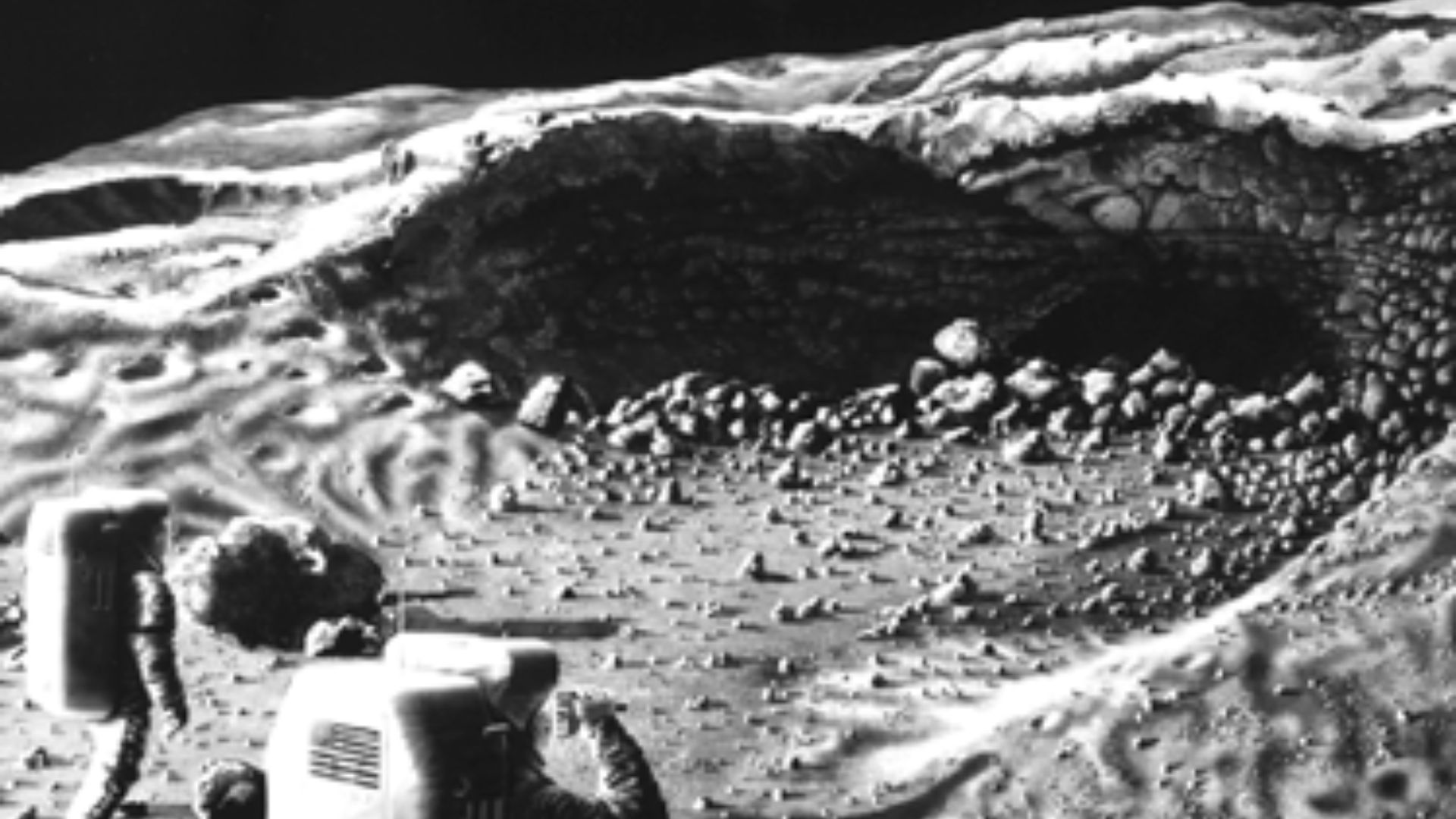
“Lunar caves have remained a mystery for over 50 years. So it was exciting to finally prove the existence,” wrote Leonardo Carrer and Lorenzo Bruzzone from the University of Trento.
Their discovery has opened a new chapter in the story of lunar exploration.
Mapping the Moon’s Hidden Landscapes
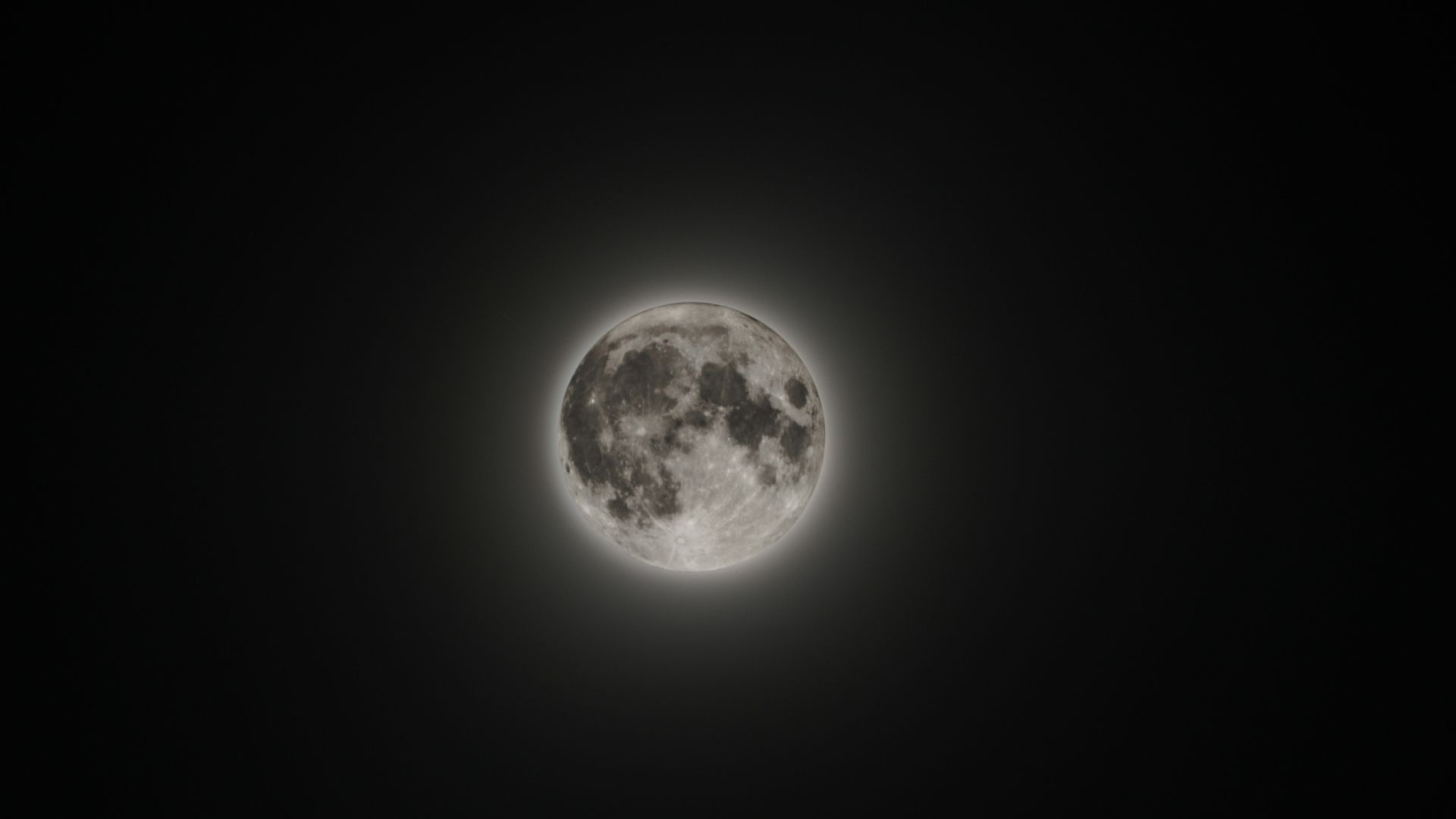
The study shows that these intriguing pits are predominantly found in the moon’s ancient lava plains.
With the potential for new discoveries near the moon’s south pole, where NASA plans future astronaut landings.
Frozen Water in Moon Craters

Strategically located near the moon’s poles, these shadowed craters likely contain frozen water, vital for drinking and converting into rocket fuel.
This crucial resource could support sustained human presence near these newly explored caves.
Linking Past to Future Lunar Exploration

Reflecting on NASA’s Apollo program, which saw 12 astronauts land on the moon starting with Armstrong and Aldrin, this new discovery demonstrates the potential for living sites for future lunar explorers.
It also extends the legacy of human space exploration.
Natural Lunar Shelters
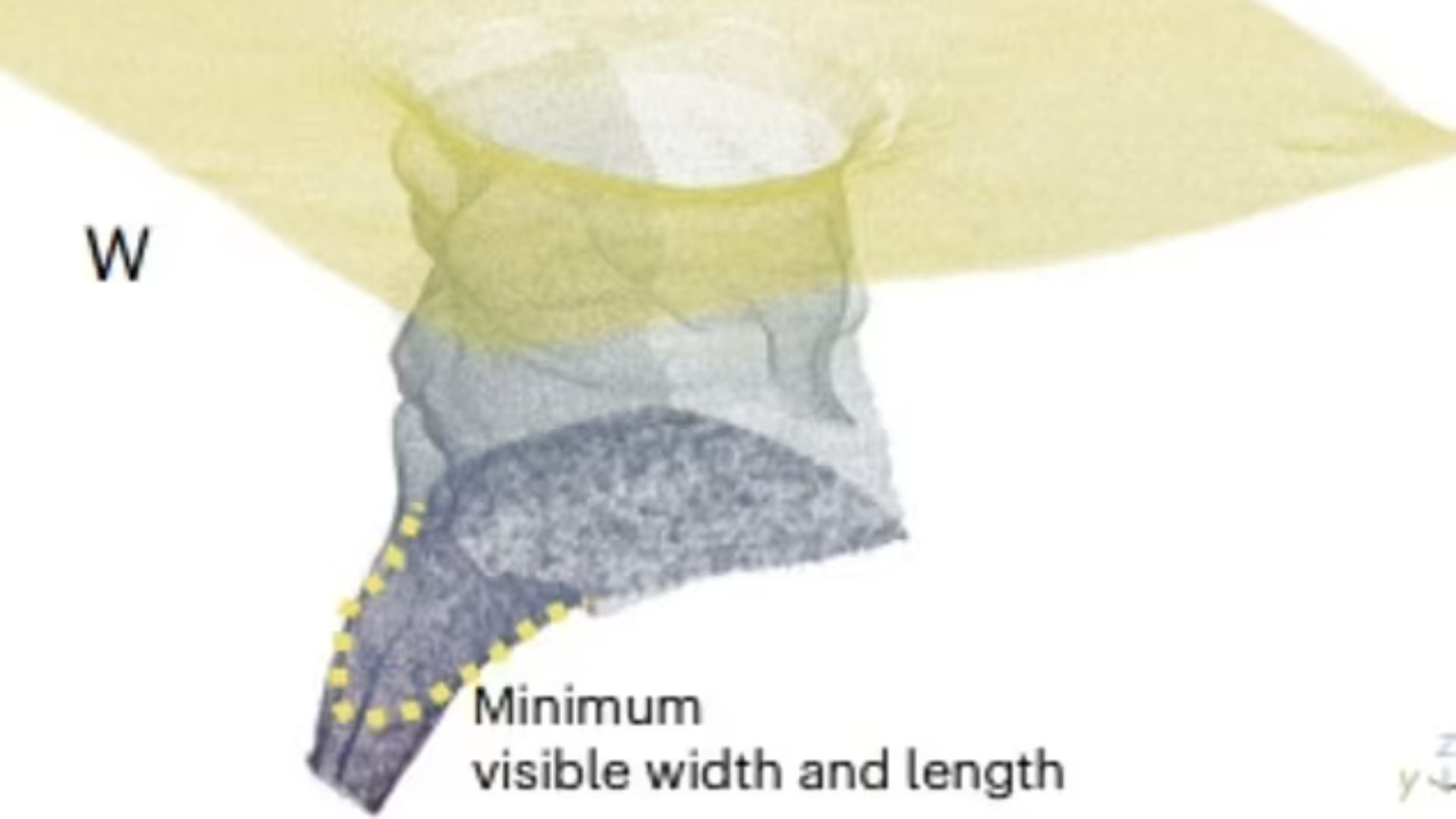
The presence of hundreds of pits and potentially thousands of lava tubes suggests these natural formations could act as safe shelters.
They offer protection from cosmic rays, solar radiation, and micrometeorite impacts, potentially simplifying the challenges of building from scratch on the moon.
The Evidence Builds for an Underground Cave
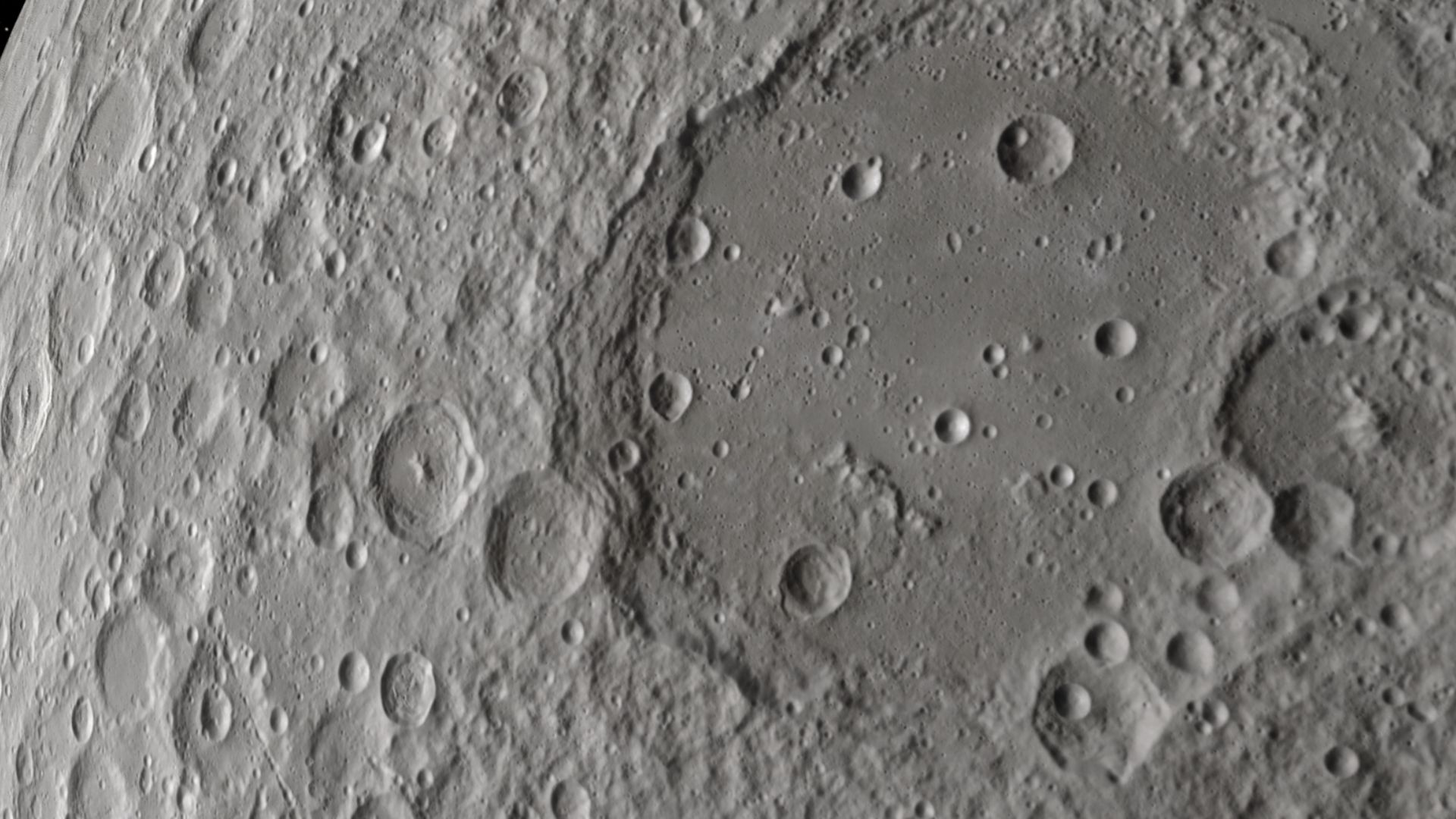
“The analysis of the data helped us create a model of a portion of the conduit,” explained Leonardo Carrer of the University of Trento.
This detailed analysis suggests the radar reflections are consistent with an underground cave system, bringing us closer to understanding the moon’s subterranean mysteries.
Envisioning a New Era of Lunar Exploration

As NASA forges ahead with its Artemis program, aiming to establish a base on the moon’s south pole by decade’s end, this discovery illustrates the potential benefits of integrating natural lunar structures into human colonization plans.
The recent findings, as published in Nature Astronomy, suggest that “A complete survey of all known lunar pits would allow us to identify the most promising accesses for subsurface lunar exploration and provide information on the potential for installing human lunar base in environments protected from cosmic radiation and with stable temperatures.”
